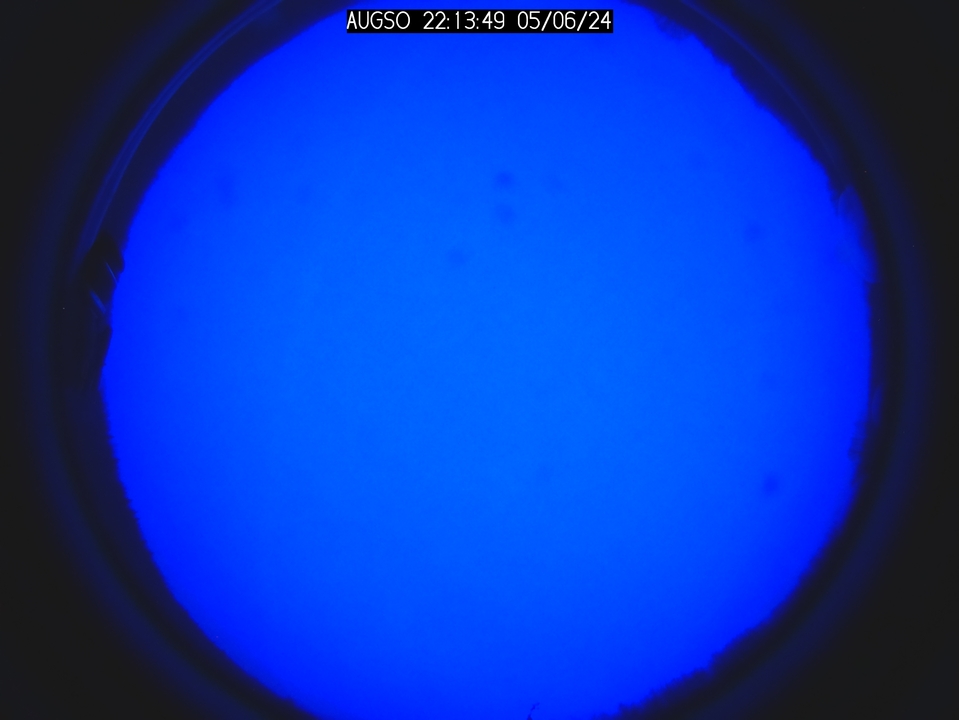| Increased chance of Aurora Dec 9-11 |

|

|
| Wednesday, 09 December 2020 | |
|
The weather forecast for the next few days suggest little cloud (though the weather forecasts at the moment are less accurate!) providing clearer skies. See the Environment Canada cloud forecast.
Upstream conditions are measured by a satellite called ACE, sitting between the Earth and the Sun (orbiting the L1 point): https://services.swpc.noaa.gov/images/ace-mag-swepam-6-hour.gif For a good display we would like to see the particle density and speed increase increase (indicating the CME has arrived), together with a Bz being negative (indicating the interplanetary magnetic field is pointing south). This would give the best conditions to let the particles to get into the Earth's magnetic field (the magnetosphere). The good news for aurora watchers is that these particles can disrupt the magnetic field of the Earth enabling trapped particles to also 'rain-down' for a couple of days. So if you don't get chance to see anything tonight, you might stand a chance tomorrow too! |
| < Prev | Next > |
|---|








 There is a potential for increased activity tonight and for the next couple of days due to an inbound coronal mass ejection that accompanied a solar flare. A solar flare is a release of energy on the sun due to a rapid reconfiguration of the magnetic field near sunspots. This burst of energy (radiation) occurs across all wavelengths. A coronal mass ejection is an emission of plasma from the sun. It is these particles that will eventually reach the Earth and potentially 'rain-down' into the upper atmosphere treating everyone to a show.
There is a potential for increased activity tonight and for the next couple of days due to an inbound coronal mass ejection that accompanied a solar flare. A solar flare is a release of energy on the sun due to a rapid reconfiguration of the magnetic field near sunspots. This burst of energy (radiation) occurs across all wavelengths. A coronal mass ejection is an emission of plasma from the sun. It is these particles that will eventually reach the Earth and potentially 'rain-down' into the upper atmosphere treating everyone to a show.
 Aurora Watch Website. Version 1.0.
Aurora Watch Website. Version 1.0.